Affiliate links on Android Authority may earn us a commission. Learn more.
Snapdragon 652 vs 820: What's the difference
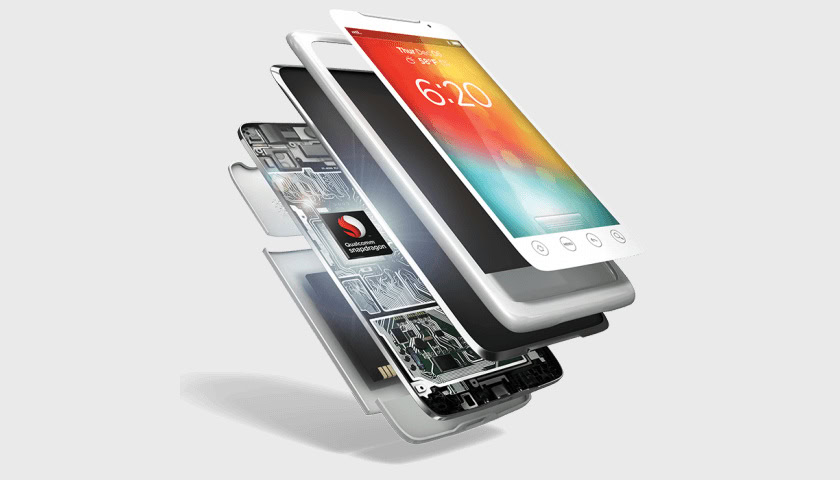
The Snapdragon 820 is Qualcomm’s cutting-edge mobile processor this year and it has been quickly picked up for use in flagship smartphones from various OEMs. The less well-known Snapdragon 652 seems to be gaining popularity as a second choice option, having cropped up on specification sheets for both the HTC 10 Lifestyle and the LG G5 SE.
Both of these handsets are essentially “light” versions for their company’s new flagships, with slightly lower price points too. So if you’re looking to save a little bit of cash, let’s take a look at differences that can you expect between the top of the line Snapdragon 820 and the second choice 652.
| Snapdragon 820 | Snapdragon 652 | |
|---|---|---|
CPU | Snapdragon 820 2x 2.2GHz Qualcomm Kryo 2x 1.6GHz Qualcomm Kryo | Snapdragon 652 4x 1.8GHz ARM Cortex A72 4x 1.4GHz ARM Cortex A53 |
GPU | Snapdragon 820 624MHz Adreno 530 | Snapdragon 652 550MHz Adreno 510 |
Memory | Snapdragon 820 2x 32-bit @ 1866MHz LPDDR4 28.8GB/s | Snapdragon 652 2x 32-bit @ 933MHz LPDDR3 14.9GB/s |
Modem | Snapdragon 820 X12 LTE - Cat. 12/13 3x 20MHz download (600Mbps) 2x 20MHz upload (150Mbps) | Snapdragon 652 X8 LTE - Cat. 7 2x 20MHz download (300Mbps) 2x 20MHz upload (100Mbps) |
Camera | Snapdragon 820 Dual ISP up to 25MP resolution | Snapdragon 652 Dual ISP up to 21MP resolution |
Process | Snapdragon 820 14nm LPP | Snapdragon 652 28nm HPm |
Extras | Snapdragon 820 Quick Charge 2.0/3.0, WiPower wireless charging, USB 3.0, Hexagon 680 DSP, Spectra ISP, NFC | Snapdragon 652 Quick Charge 2.0/3.0, USB 2.0, Hexagon DSP, NFC |
Right off the bat there are noticeable differences between the two CPU configurations inside the chips. The Snapdragon 820 is a quad-core chip, boasting four of the Qualcomm’s in-house Kryo CPU cores. The Snapdragon 652 has a big.LITTLE octa-core CPU configuration, with four powerful ARM Cortex-A72 cores and four more energy efficient Cortex-A53 cores for background tasks. The Snapdragon 652 is very similar to last year’s top of the range Snapdragon 810 in this regard, but even goes so far as to improve the setup by replacing the Cortex-A57s with more efficient Cortex-A72 cores.
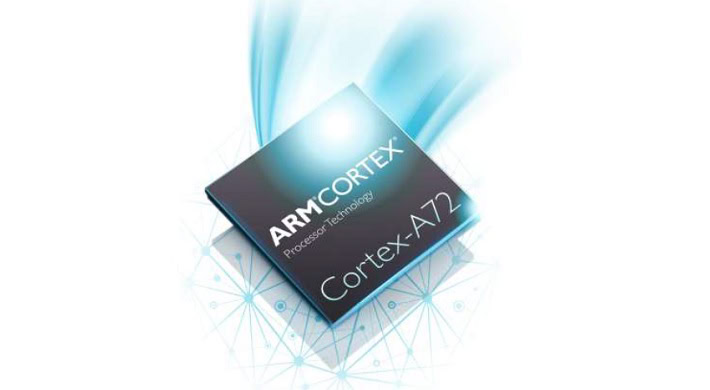
Both the Cortex-A72 and Kyro are admirable performers, and users of either SoC won’t be found wanting for performance even when pushing more demanding tasks through there phones. Both processors should also scale well across single and multi-threaded tasks. The major difference is going to manifest in how the different configurations handle power management, heat, and task loading, but it’s tough to say exactly what the differences will be as it’s so highly dependant on what you’re doing.
It’s at this point that we should note that the Snapdragon 652 is built on a larger, and cheaper, 28nm HPm manufacturing process, while the Snapdragon 810 was manufactured at 20nm, and the 820 is even smaller at just 14nm. Smaller manufacturing nodes offer up better performance and lower power consumption, which is going to lend an edge to the Snapdragon 820. I’m not going to say that heat is going to be an issue with the Snapdragon 652, as I haven’t tried it out and it is using more efficient Cortex-A72 cores. But with more cores and a larger silicon process, I can imagine that much more careful attention will need to be paid to how the 652 manages its cores.
This is likely at least partially behind the decision to clock the Snapdragon 652’s Cortex-A72 cores at 1.8GHz, which is a tad behind the 2.2GHz frequency of Qualcomm’s own Kryo CPU cores. Interestingly, ARM’s Cortex-A72 material suggests maximum clock speeds of around 2GHz at 28nm, reaching all the way up to 2.5GHz at 16nm.
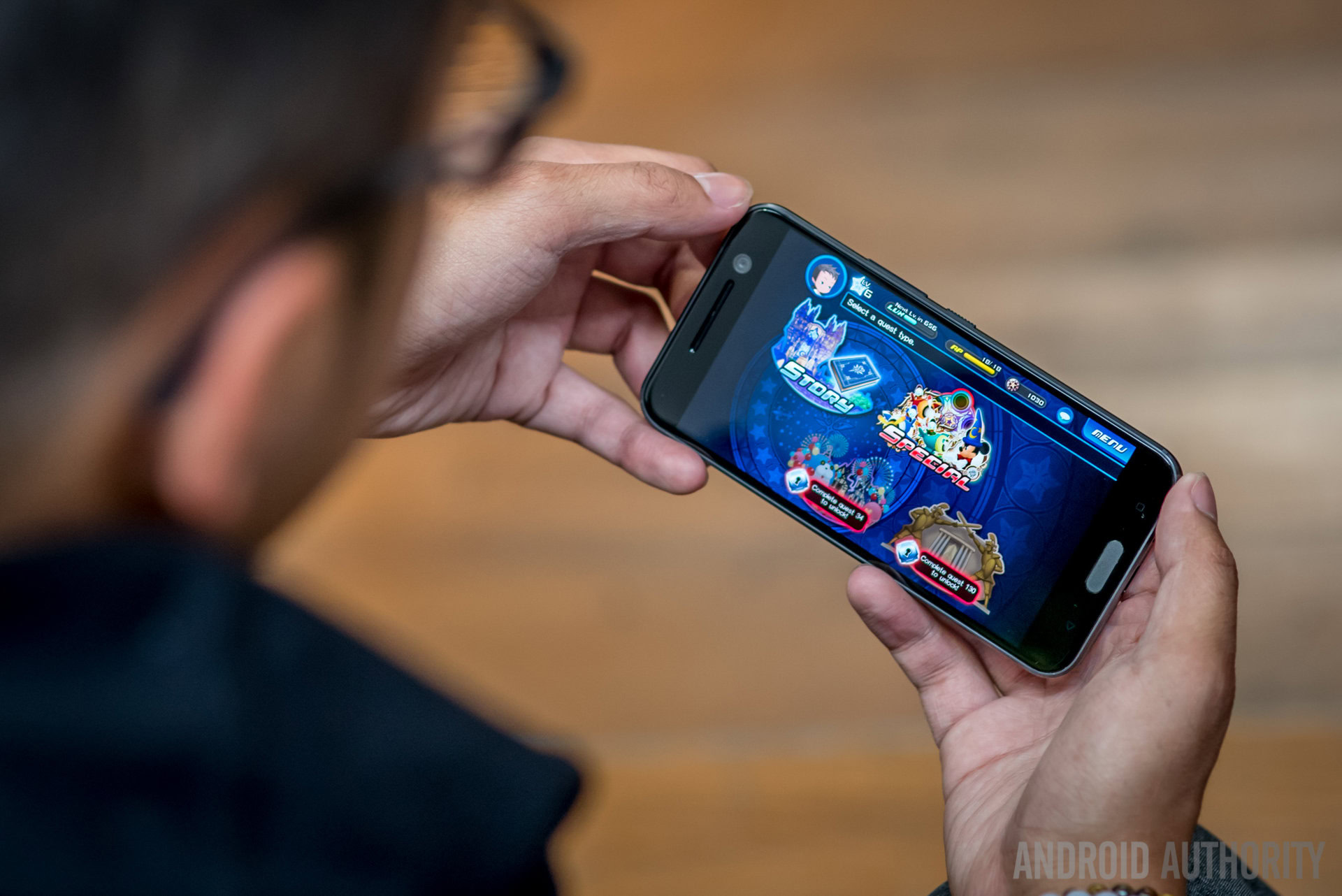
The extra die area taken up by these eight CPU cores has also likely had a knock-on effect when it comes to the space available for the GPU. There is a much larger disparity between the grades of the Adreno graphics processors that Qualcomm has put into these two chips. The Adreno 530 inside the Snapdragon 820 is top of the line, while the 652’s Adreno 510 sits at the bottom of the 5XX range. Testing has suggested that the 510 is not quite as fast as the previous generation Snapdragon 810’s Adreno 430 either, but it does appear to at least match the Adreno 418 that features in the Snapdragon 808.
Gamers looking for the very best performance might be a little disappointed with the Snapdragon 652. Overall though, handsets powered by this SoC should see gaming performance that matches the likes of last year’s Snapdragon 808 powered LG G4, and general CPU horsepower that surpasses it. Which is nothing to scoff at.
If you’re a stickler for benchmarks, the AnTuTu top 10 earlier in the year pegged the Snapdragon 652 right next to the 810 and just ahead of the hexa-core 808 overall. The 820 takes a significant lead though, thanks to its far superior GPU.
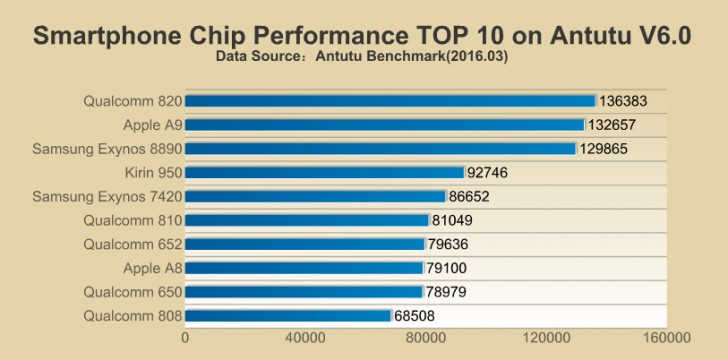
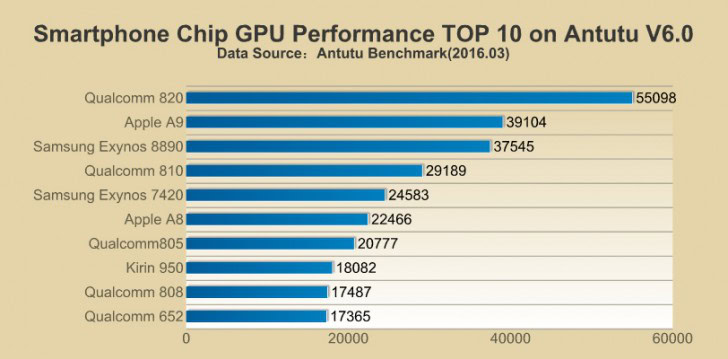
Before we move off the topic of raw performance, the last major difference between these two processor is their support for different RAM standards and speeds. The Snapdragon 820 supports much faster dual-channel LPDDR4 at up to 1866Mhz, while the 652 supports dual-channel LPDDR3 at up to 933MHz. So even if two phones support the same amount of memory, they will likely offer vastly different memory speeds if they are using these different SoCs. This will have a notable impact on app opening times and gaming performance.
Keep in mind though that RAM is outside the SoC and can be configured by the manufacturer. Therefore even phones with the same processors might offer quite different RAM speeds.
The Snapdragon 820 also features Qualcomm’s latest Hexagon 680 digital signal processor and its Spectra image sensor processor, which can be used be manufacturers to offload audio, video, and imaging tasks that can be done more efficiently on these small co-processors. Again, these can help the Snapdragon 820 edge ahead in some situations, but only if manufacturers choose to tap into these features.
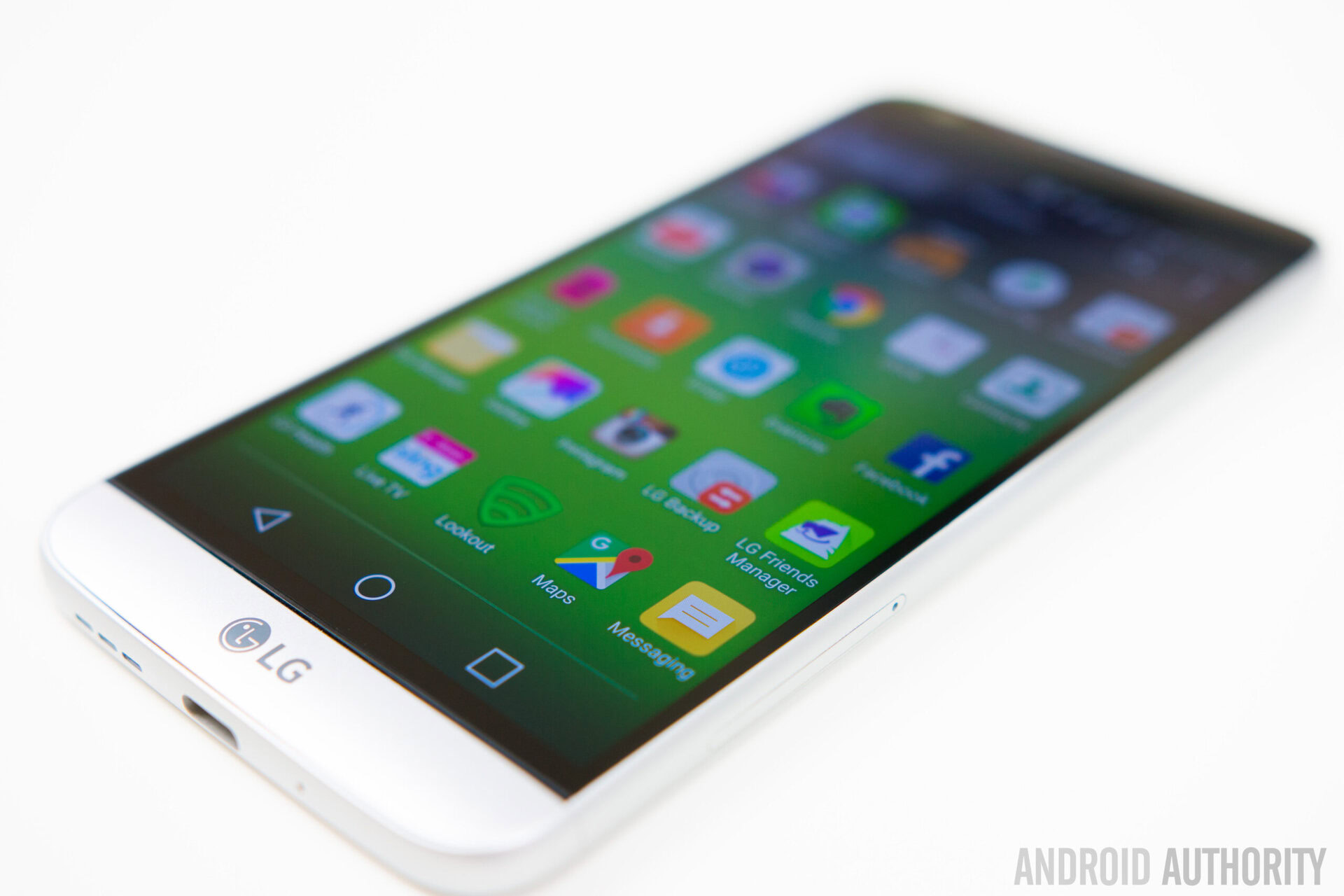
Now that we’ve dealt with the major performance differences, we can turn to some of the finer details between the two chips. Being its flagship for the year, Qualcomm has managed to squeeze a lot of bleeding edge extras into the Snapdragon 820 that simply aren’t options with the 652. Again though, not every device is going to make use of these, so you might be better off looking at the manufacturer spec sheet for exactly what’s supported.
Quick Charge 3.0 is supported across both platforms, if the manufacturer wants to use it, so you shouldn’t see any differences in charge times. However, the 820 is the only one of the two that supports WiPower wireless charging integration. One of the more interesting omissions from the Snapdragon 652’s spec sheet is a lack of support for USB 3.0 transfer speeds, so moving big files on and off a phone might take more time on this SoC.
When it comes to LTE speeds, the X12 modem inside the Snapdragon 820 is again theoretically faster than the X8 inside the 652. It boasts peak download speeds of 450Mbps and upload speeds peaking at 150Mbps, compared with 300 and 100Mbps for the Snapdragon 652, thanks to its additional carrier aggregation capabilities. However, many consumers probably won’t notice a big difference, if any, between the two.

As you would expect there are differences between the Snapdragon 652 and the Snapdragon 820, some noticeable and others not so much. The 652 is certainly not as feature rich as the 820, but it seems that most of the compromises have been made in sensible places to allow for cheaper handsets. All while packing in enough performance and features to bridge that gap between the mid and top tiers of the market.
Do you see yourself opting for a Snapdragon 652 powered model or do you demand absolute top of the line performance from your smartphones?